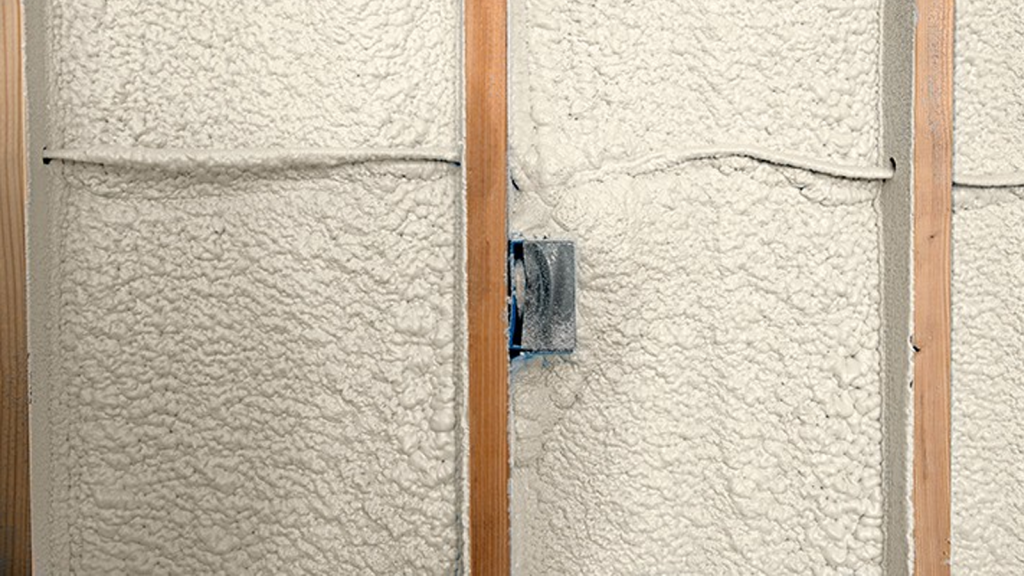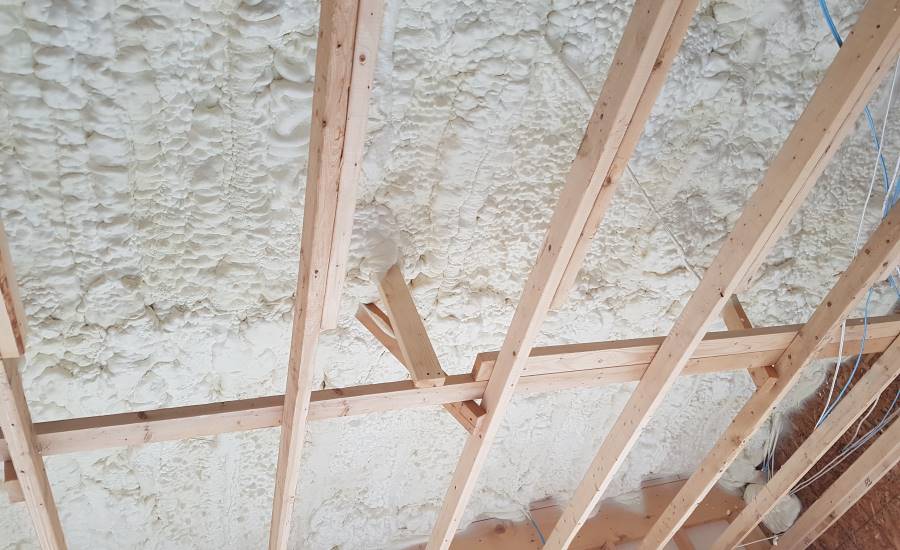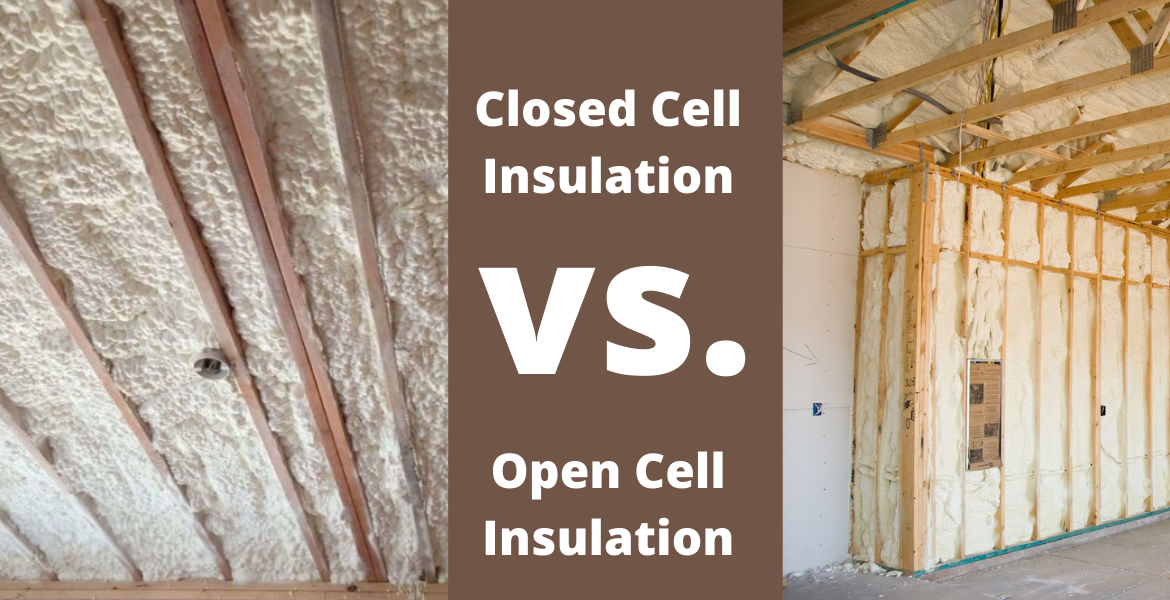Before we get into it, we should first mention that there are two types of foam insulation used in foam insulation: open-cell versus closed-cell.
There are many differences between them, which can lead to both advantages and disadvantages depending on their intended application.
Polyurethane spray foam can be used in many different applications.
Both types are used in many building applications. Certain real estate applications may not be suitable for certain types of foam. Open-cell foam should not be used below grade to absorb water. This would reduce its thermal performance and make it less efficient as water is an inefficient insulator.
Closed-cell foam is a good choice for small framing sizes that require the highest R-value per in. The conditions of each installation will determine the type of foam that is used. We regularly select from a variety of foam systems, each with different characteristics, depending upon the specific requirements of our clients’ projects.
Closed Cell Insulation

Closed-cell polyurethane foam spray foam is one of the most effective insulating materials on the market. It has an Aged R-value around 6.7 inches and a LTTR value between 5.2 and 5.6.
Closed-cell foam contains an insulating gas within the cells. This is called a “foam blowing agent” and it results in extremely efficient insulation properties. Insulation is measured in R-Value (R= resistance heat flow) in the United States. In Canada, it is now measured in LTTR (Long Term thermal Resistance). Closed-cell polyurethane foam has one of the highest R-Values among all commercially available insulation.
This foam’s closed-cell structure makes it extremely effective in preventing air from entering the foam, and also allows for low moisture vapor permeability, commonly referred to as “Perm” rating, which is excellent at resisting water and the best choice in insulation if you are buying a waterfront home. Closed-cell polyurethane foam has a density of approximately 2.0 pounds per cubic foot.
Research and commercial experience have shown that the 1.9-2.5 lb./ft3 range of density provides the best insulation and strength characteristics for most building applications. The rigidity and strength of closed-cell polyurethane foams is often a hallmark of their high R-Value. Studies have shown that wall racking strength can be doubled or tripled by using closed-cell foam.
Open Cell Insulation

On the other hand, open-cell polyurethane spray foam is typically found in densities of 0.4 to 1.25 lbs./ft3. These lower density foams offer a higher yield and are therefore more cost-effective. These products offer excellent thermal insulation and air barrier properties, even though their R-value is only slightly higher than that of closed-cell foams.
Perm ratings for open cell foam are approximately 10.0 per 4 to 5 inches thick (up to 50 perms per inch). The foam can allow for controlled diffusion of moisture vapor, which can be managed by the architect/builder.
Open-cell foams can be twice as effective in sound barriers as closed-cell foams. Open-cell polyurethane foam has a soft, more “spongy” appearance and lower strength than closed-cell foams.
Open-cell foam is used for residential insulation, sound deadening in media rooms, and other applications. Because of its excellent strength and insulation properties, open-cell foam is also used for residential construction insulation.



